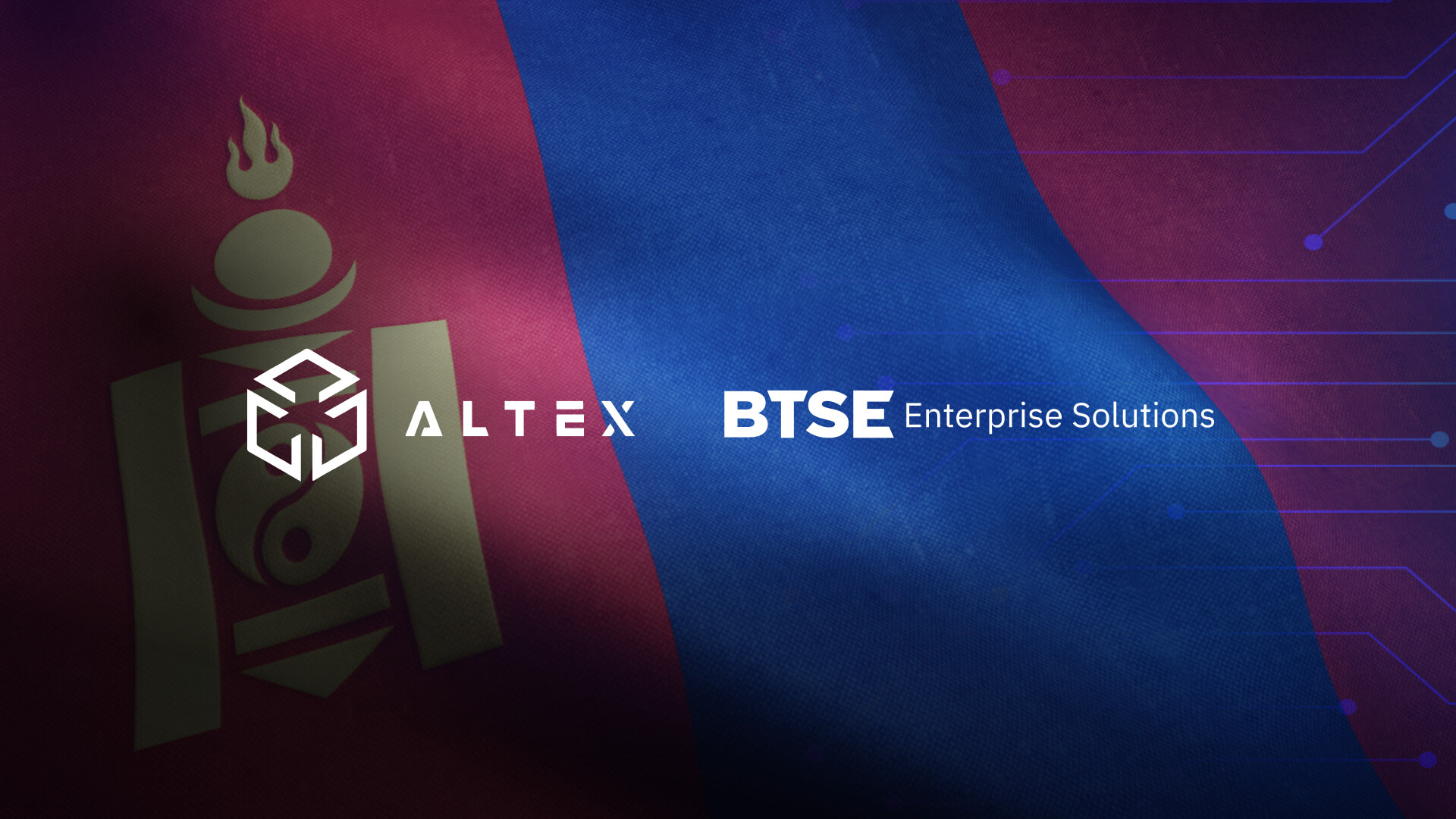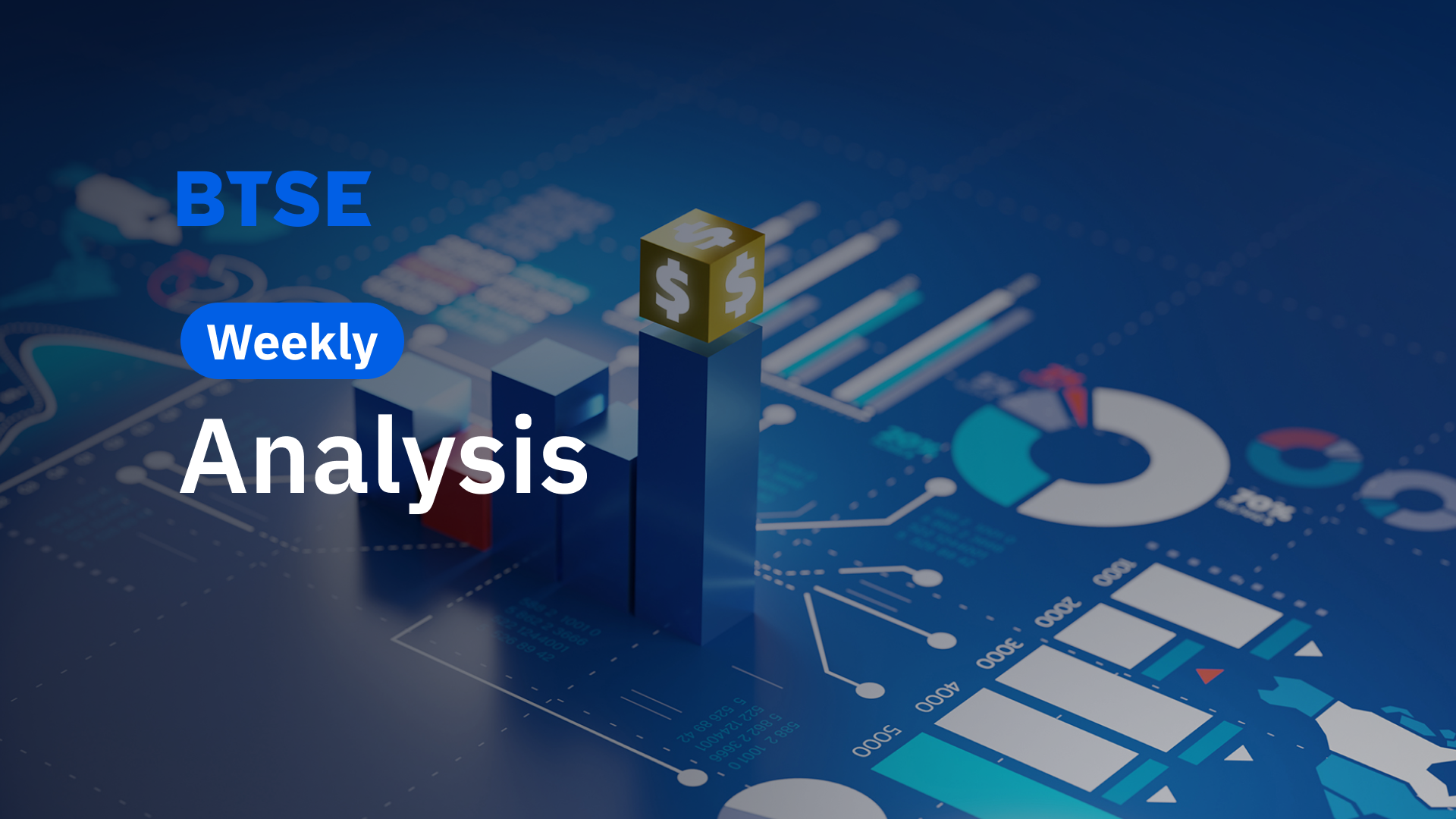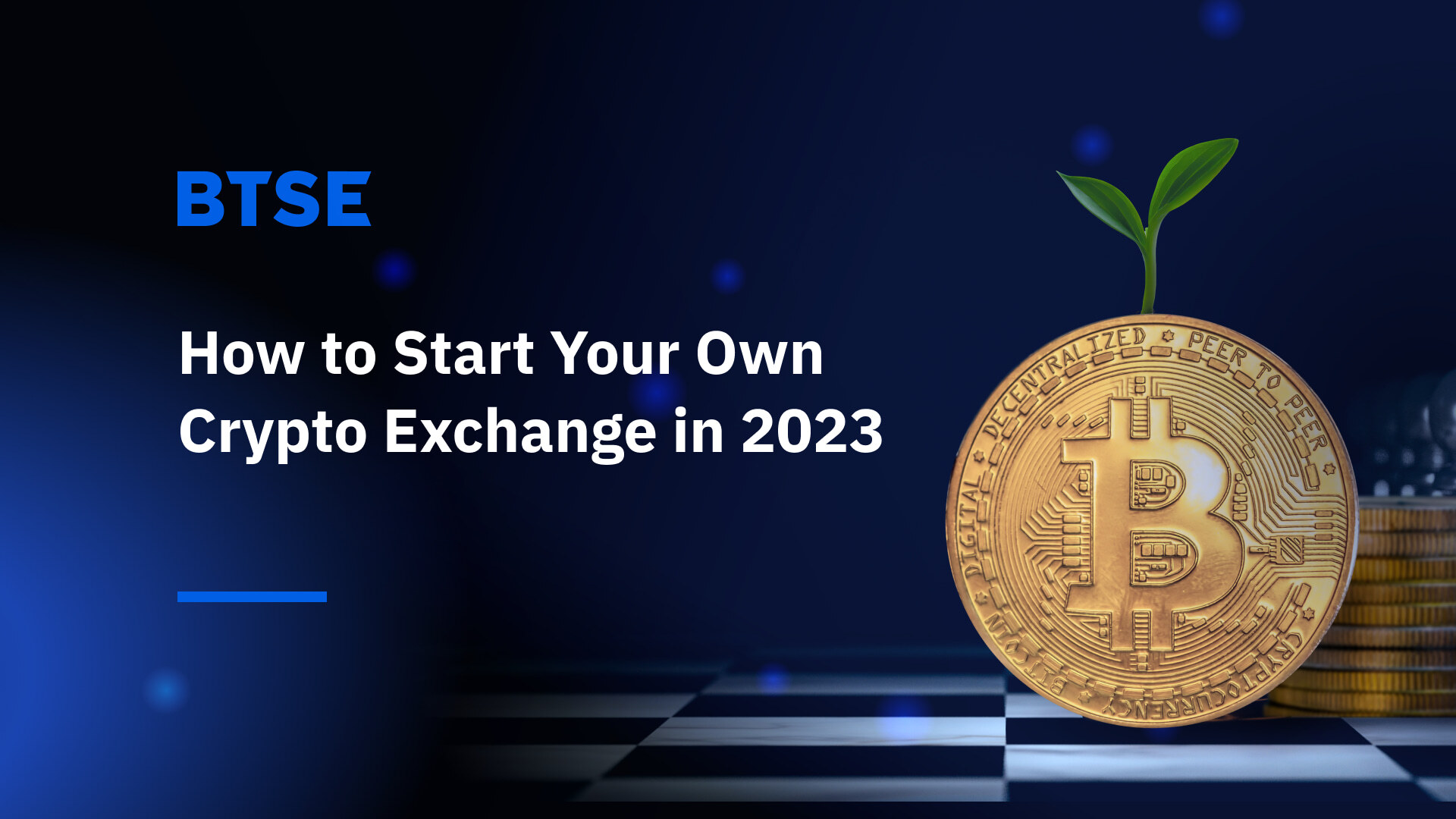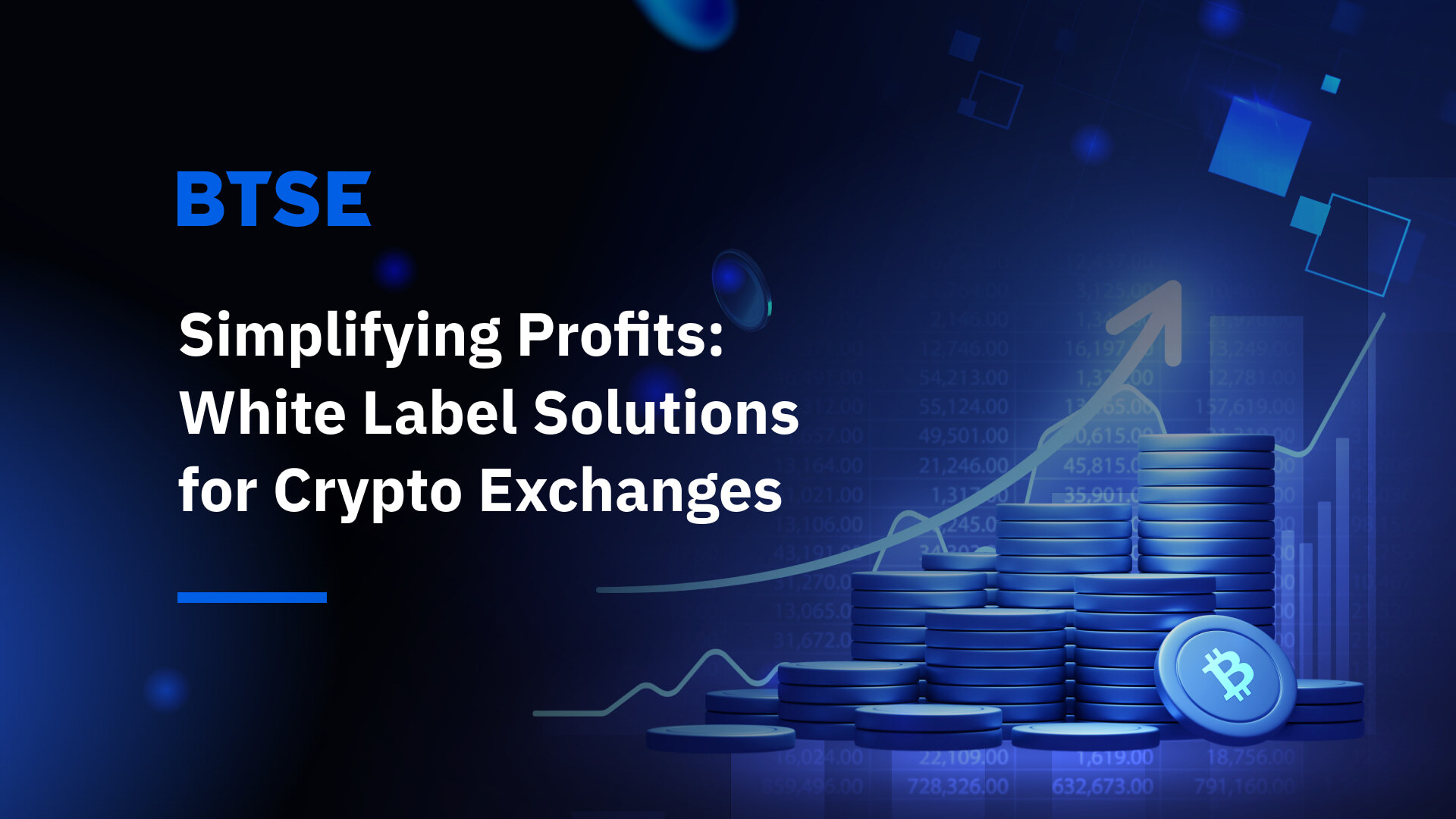12 5 月, 2023
Centralized Digital Asset Exchanges: A Comprehensive Guide for Businesses

Centralized Digital Asset Exchanges: A Comprehensive Guide for Businesses
As the world of digital assets continues to evolve, it is essential that businesses interested in purchasing a white label digital asset exchange understand exactly what to look for when looking to invest in their very own digital asset exchange. This comprehensive guide will explain how these exchanges operate, outlining the major components involved in the process.
Deposit and Withdrawal Options
Centralized digital asset exchanges offer various options for users to deposit and withdraw funds. Users can transfer digital assets to their exchange wallet or deposit fiat currencies via bank transfers, credit/debit cards, or other payment methods. A good digital asset exchange will offer these payment services included in the digital asset exchange package. Withdrawals are similarly processed, allowing users to cash out their digital assets or fiat currencies.
Trading Interface and Order Types
Centralized exchanges provide users with a trading interface that displays relevant market data, charts, and tools for technical analysis. Users can place different types of orders, such as market orders, limit orders, and stop orders. These order types help traders execute their strategies and manage risks effectively. Going into the future, mechanisms such as trading bots offer end users greater flexibility and control over their digital asset trades, and enterprises looking into the future ought to look to invest in such technologies.
Order Matching Engine
At the core of a centralized digital asset exchange is the order matching engine. This system is responsible for processing and matching buy and sell orders on the platform. When a buyer’s price matches a seller’s price, the engine completes the transaction, updating the balances of both parties involved. This is typically completed through an order book, which matches traders by their desired bought and sold currencies. While many centralized exchanges use multiple order books, the larger the order book, the greater liquidity an exchange can offer, with single order book exchanges like BTSE offering the highest possible level of liquidity.
Liquidity and Market Making
Liquidity is essential for a smooth trading experience on centralized exchanges. Market makers are professional traders or automated algorithms that continuously place buy and sell orders to maintain liquidity. This ensures that users can easily execute their trades without causing significant fluctuations in asset prices. A larger volume of trades generally leads to a higher level of liquidity, so enterprises on the lookout for all-in-one exchange solutions should not only ensure a high volume of transactions, but also a large capacity for trades – commonly measures in Trades per Second (TPS).
Security and Custodianship
Centralized digital asset exchanges are responsible for the safekeeping of users’ funds and digital assets. These exchanges implement a variety of security measures such as cold storage, multi-signature wallets, and two-factor authentication (2FA) to protect against hacks and unauthorized access. Any exchange you look into should feature these security features – BTSE sets a good standard on security.
Fees and Revenue Models
Exchanges generate revenue through various fees, including trading fees, deposit/withdrawal fees, and listing fees for new digital assets. Trading fees are typically calculated based on a user’s trading volume or as a percentage of the transaction amount. Lower fees can attract more users, but businesses must carefully balance their revenue requirements with competitive pricing.
Account Creation and KYC/AML Procedures
Before users can start trading on a centralized digital asset exchange, they must first create an account. This typically involves providing personal information such as name, email address, and phone number. To comply with regulatory requirements and combat illicit activities, most exchanges implement Know Your Customer (KYC) and Anti-Money Laundering (AML) procedures. These may include identity verification, proof of residence, and additional documentation. Exchanges like BTSE include relevant KYC checks in their white label products to ensure compliance for all their partners.
Understanding the major components of a centralized digital asset exchange is essential for businesses looking to purchase a white label digital asset exchange. By grasping the intricacies of account creation, trading, security, and regulatory compliance, businesses can make informed decisions and better navigate the rapidly evolving world of digital assets.
- For a comprehensive understanding of the trading interface and user experience, visit BTSE Exchange.
- Learn more about BTSE’s approach to secure, efficient payment solutions at BTSE Payment Gateways.
- Explore the robust and secure wallet solutions offered by BTSE at BTSE Wallet.
FAQs
- What are the essential features of a centralized digital asset exchange?
- Key features include a user-friendly trading interface, robust order matching engine, high liquidity, advanced security measures, comprehensive fee structure, and strict adherence to KYC/AML procedures.
- How does liquidity impact user experience on digital asset exchanges?
- Liquidity ensures that users can execute trades quickly and at desired prices without causing significant market impact. High liquidity leads to a smoother trading experience and better price stability.
- What security measures should a digital asset exchange have?
- Essential security measures include cold storage for digital assets, multi-signature wallets, two-factor authentication (2FA), and regular security audits to protect against unauthorized access and hacks.
- How do trading bots enhance digital asset trading?
- Trading bots automate the trading process, allowing for efficient execution of strategies, managing risks, and capitalizing on market opportunities around the clock.
- What role do KYC/AML procedures play in digital asset exchanges?
- KYC/AML procedures are crucial for verifying user identities, preventing fraudulent activities, and ensuring compliance with regulatory standards. They play a pivotal role in maintaining the integrity of the exchange.




